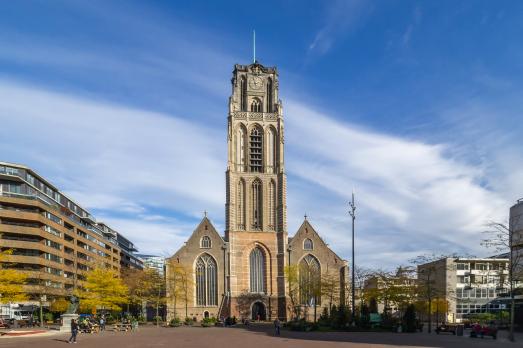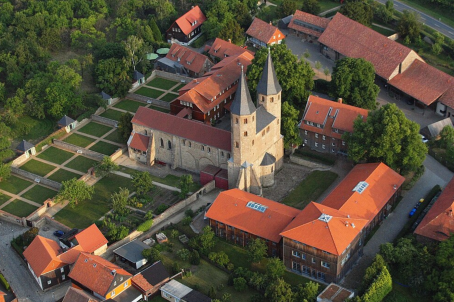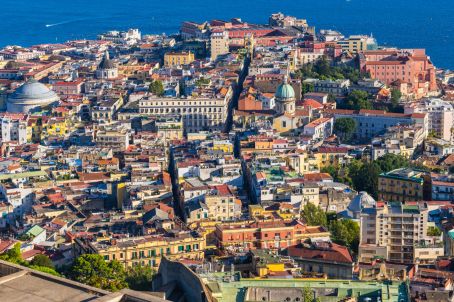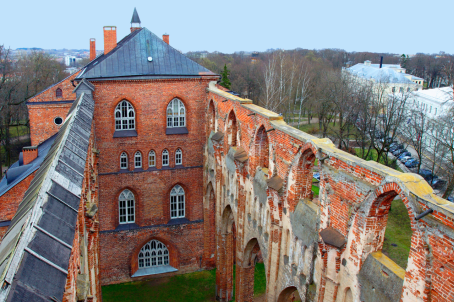Grote of Sint Lebuïnuskerk
Deventer, NL
The Grote or Lebuinuskerk is a Gothic hall church on the Grote Kerkhof in Deventer . In the Middle Ages it was the main church of the city and one of the main churches within the diocese of Utrecht . The Lebuinuskerk served as a cathedral during the short-lived existence of the Roman Catholic diocese of Deventer (1559-1591) . The church is in the ' Top 100 of the National Service for the Care of Monuments ' from 1990. The church is owned by the Protestant Church , while the tower is owned by the municipality of Deventer.







